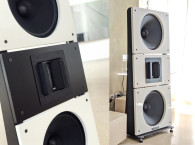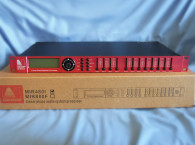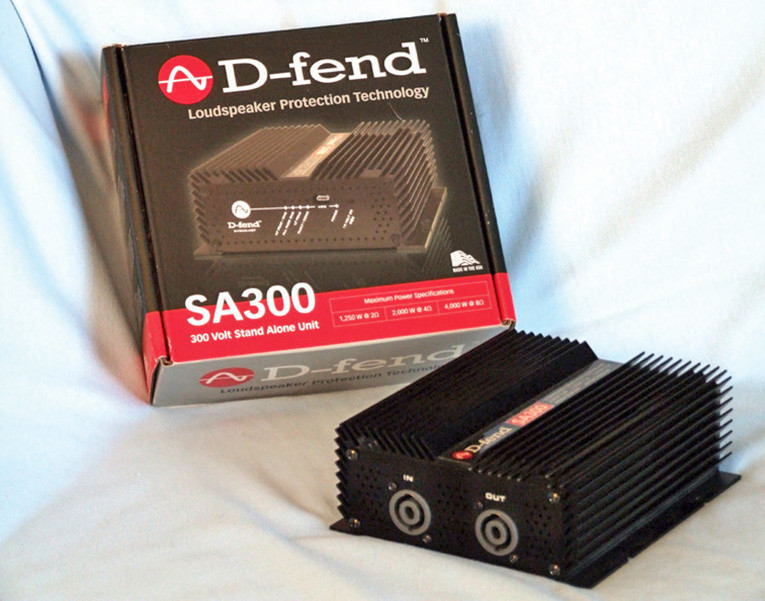
Eventually, someone was bound to devise a more complex methodology to handle high-voltage levels encountered in large systems (think pro sound PAs). Eminence Speakers is that someone, and its product is called D-fend. D-fend technology overcomes deficiencies and provides the first-ever full-range, programmable loudspeaker protection network for use within several applications (see Photo 1).
This technology operates on the principle of reducing the power delivered to your loudspeaker, while also reducing the net electrical current required from your amplifier. In other words, the D-fend technology is a non-dissipative technique because it does not dissipate the undesired power into heat or light output. Instead, it uses high-efficiency digital factoring to reduce the amount of power requested from the amplifier.
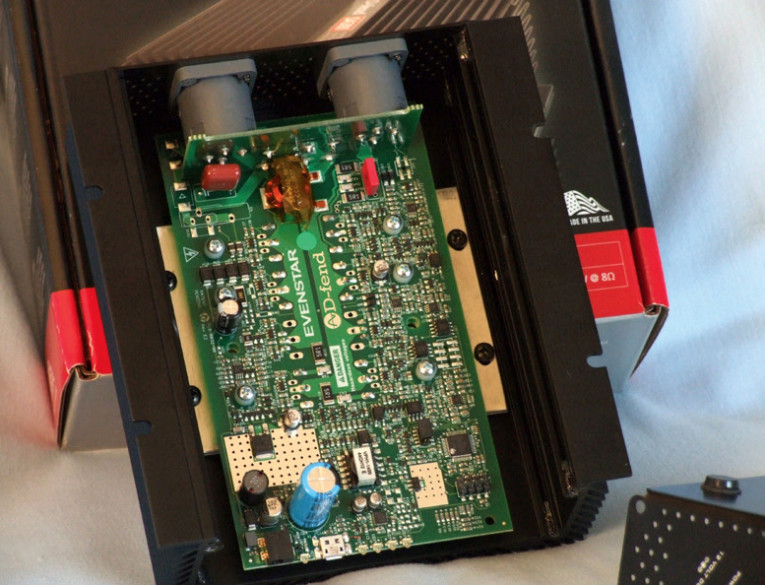
D-fend is able to track your speaker’s power handing and prevent damage. Figure 1 shows the basic configuration of the RMS power-handling limit, the attenuation required to prevent damage, and the time permitted before damage occurs. Figure 2 overlays the resistive attenuation action of a series lamp configuration that demonstrates the inadequate amount of attenuation delivered at too slow a rate to be completely effective. Figure 3 shows how D-fend tracks the attenuation required and the speed required to prevent thermal and excursion damage.
The key to D-fend’s high-performance attenuation are the selectable attenuation types: filter shapes, high-pass, all-pass, and low-pass. D-fend technology is programmable, so it comes with a USB connection and the control software needed to configure the unit. Figure 4 shows the front panel layout. While the D-fend software has a configuration Wizard to help set up the device, the primary screen details how D-fend works (see Figure 5). D-fend SA300’s main menu contains three separate sections (i.e., High Frequency, All-Pass, and Low Frequency) that can be used to create an attenuation process that will protect your loudspeaker.
The All-Pass section is a full-range, across-the-board attenuation circuit. It basically enables the user to put a limit on the voltage and current driving the speaker. However, the SA300 is also capable of spectrum-specific protection for the two speaker areas that require special attention, the high-frequency driver (compression driver or tweeter), and the woofer’s excursion limits at the low frequency operating spectrum.


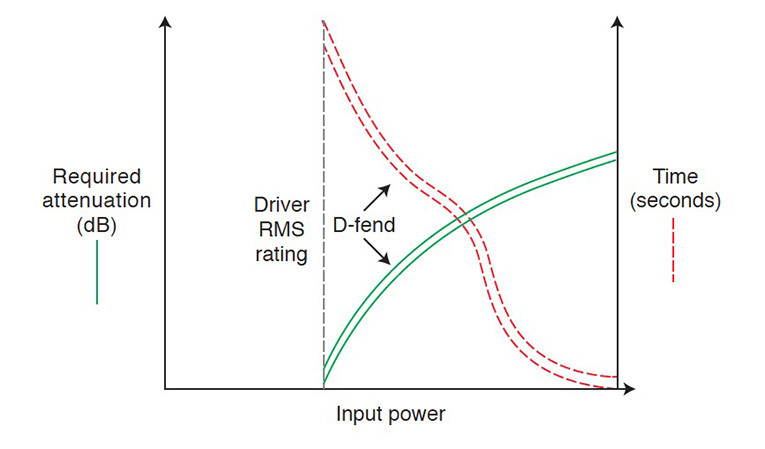
The High-Frequency section enables the user to set a frequency and slope above which the D-fend SA300 will modify the all-pass protection and apply specific maximum power limits with a specific reaction time to an excess power event. This configuration is done with respect to both the RMS level delivered to the device and the way it handles peak voltage levels. Both sections require a threshold power level in watts, plus attack and release times similar to a compressor or gate settings. The SA300 can use this to provide spectrum specific attenuation to a high-frequency device. Also note that the SA300 is mostly powered by the audio signal it receives. However, when protecting just a high-frequency unit where the voltage can be substantially lower, the SA300 requires an outboard 12-V power supply (see Figure 6).
Besides protecting your compression drivers, the SA300 can also prevent the woofers from getting too much voltage at too low a frequency and over-excursing, most specifically at the frequencies below a vented speaker’s Fb tuning frequency where excursion dramatically increases. In this case, the user provides increased attenuation at a rate (slope) below a set frequency where attenuation is increased as frequency decreases. For this function, the focus is a peak power threshold level, and again with attack and release times.
The SA300 is capable of handling 4 kW into an 8-Ω load and is impedance dependent so its power handling is 1,250 W into 2 Ω, 2 kW into 4 Ω, 3 kW into 6 Ω, and 2 kW into 16 Ω. Figure 7 shows two typical configurations. There are also a couple of caveats to operating this device. First, it can only be used with direct-coupled solid-state amplifiers (no tube amps). Second, it cannot be used after an audio transformer. The SA300 can be used to protect a 70-V type distribution system but only in conjunction with a low-impedance, high-voltage direct-drive solid-state amplifier, and each speaker has its own step down transformer. Other than that, the unit has to be vertically mounted to enable proper air flow over its heatsink assembly (see Figure 8).

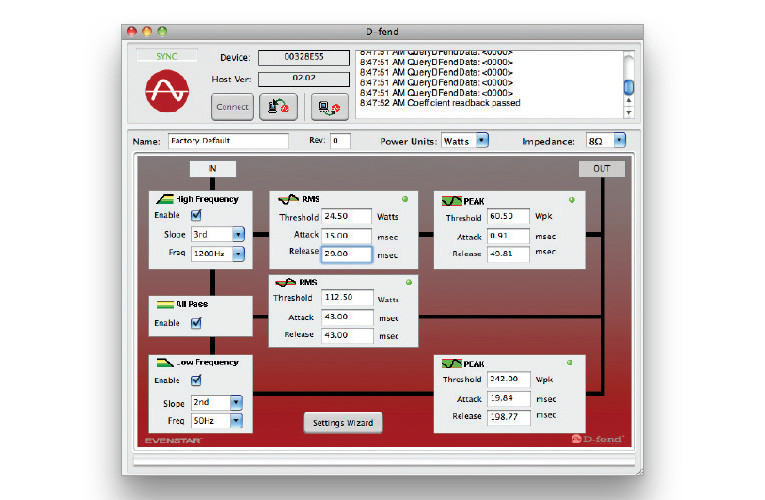
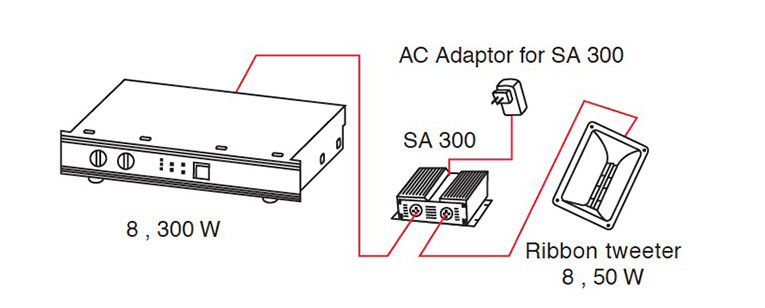
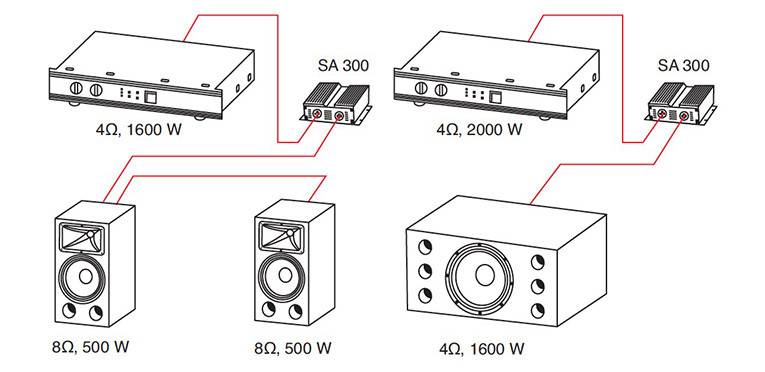
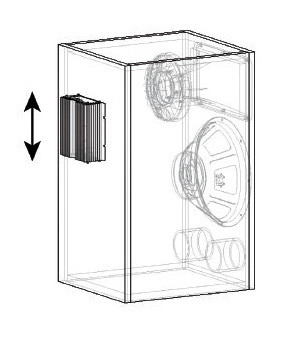
A series of YouTube videos also demonstrates the D-fend in action.
For more information, visit www.Eminence.com/d-fend
This article was published in Voice Coil, October 2013.




